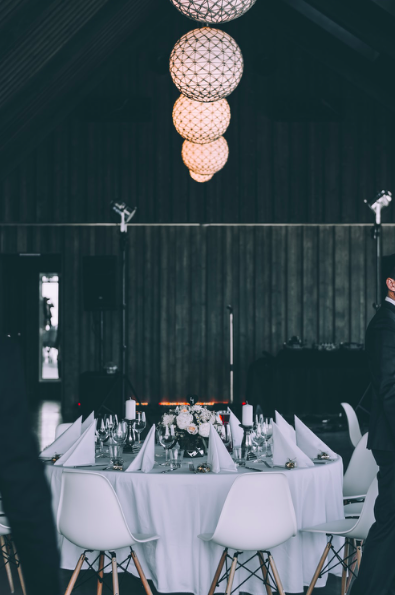The Top Factors to Remember when Choosing Lighting for a Room

Did you know that lighting can actually affect how we feel about a particular area or room? The proper lighting can make us feel warm and cosy, or it can do the opposite and make us feel too alert or not relaxed at all. Of course, the lighting you choose will depend on its purpose; if you want to perform certain tasks, such as prepare meals and cook food, then you need the right task lighting, so the space is adequately illuminated. If you want light simply for reading, then you need lighting such as that coming from a lamp so you can read comfortably and still be enveloped in a warm glow. But what else should you know about lighting so that you can light up a space in the best possible way? Here are the top factors you should remember when choosing lighting for a room.
- Know the different types
Whilst a ceiling light is the go-to light for many, it doesn’t follow that all rooms need a ceiling light. In fact, some rooms don’t even need it at all! Your bedroom, for instance, doesn’t need a ceiling light as long as you have the proper ambient and task lighting placed strategically around it. But before you design the lighting for a particular area or space, you need to know the different types first, so it will be easier to determine what it is you really need.
- Ambient lighting – ambient lighting is often associated with soft lighting that gives an area or space a warm, ambient and inviting glow. You can achieve this with a floor lamp or other kinds of lamps.
- General lighting – general lighting is lighting that can be a combination of various sources, but you can most often find general lighting with an overhead light.
- Task or directional lighting – task or directional lighting is, as its name implies, specifically to help you perform a task, as it lights up a particular space or area such as a kitchen island or a dining room.
- Accent lighting – lots of people are fond of accent lighting, and for good reason. Accent lighting can help add drama and personality to an area or space, and it gives any space a more relaxing and welcoming atmosphere. Most accent lighting (such as wall sconces) is also used for decorative purposes.
Know what you need first
When you are designing the lighting elements for your room or a particular area, it’s best if you begin with what you need when it comes to task lighting, and then move on to accent lighting, general lighting, and then ambient lighting. For task lighting, think of lighting fixtures you can use to perform tasks, such as reading, preparing food, studying, eating, and so on. Task lighting for the kitchen island is important, for example, and you can have the proper task lighting with pendants hung above the island. For accent lighting, modern lighting such as wall sconces will often do the trick as will other lighting fixtures hung on the wall to add height and texture to the room’s space. You can also achieve your general lighting needs with a central ceiling fixture, such as a chandelier, but some rooms such as bedrooms don’t even need general lighting if there is already enough task, accent, and ambient lighting. You should aim for about two to three light sources so you can get a proper balance and give your room or space a nice, delightful glow.






